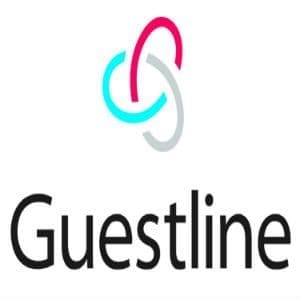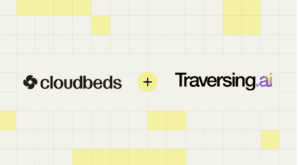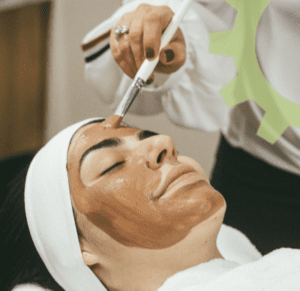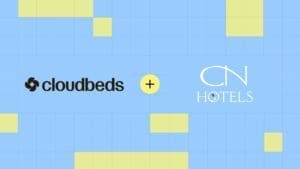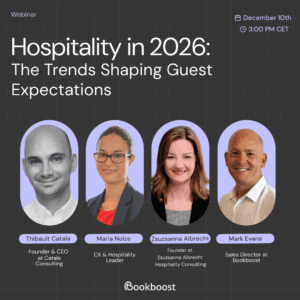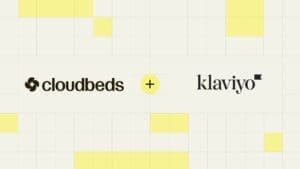 For hoteliers, planning the right resources to satisfy guest demand is a fine art at any time of yearÑespecially when unpredictable events and seasonal demands create dramatic shifts in inquiries and bookings. It is a balancing act aimed at capturing as many sales as possible while avoiding a resource drain and high costs associated with additional staffing.
For hoteliers, planning the right resources to satisfy guest demand is a fine art at any time of yearÑespecially when unpredictable events and seasonal demands create dramatic shifts in inquiries and bookings. It is a balancing act aimed at capturing as many sales as possible while avoiding a resource drain and high costs associated with additional staffing.
January’s STR report on the US hotel industry showed that in 2016, supply growth was at its highest since 2010, with a record 1.8 billion room nights, and demand was at more than 1.2 billion room nights. For lodging operators, this presents challenges, not the least of which is maintaining occupancy and RevPAR. How can they find a balance between being profitable and remaining responsive to their guests?
Increasing operational efficiencies is one among the solutions that help keep profits healthy in a competitive market, and finding a way to do so that also generates revenue is downright unusual. However, the solution does exist in outsourcing reservations sales for overflow during peak hours and after hours. This is especially essential to implement prior to the coming summer season, when reservations inquiry potential is peaking in many destinations.
If you’re thinking to yourself, ÒShouldn’t we invest in online marketing to stay more competitive?Ó the answer is Òprobably yes, and ÉÓ
ÒProbably yes,Ó because investing more in online marketing is an over-hyped solution that often replaces careful consideration about attribution and where the most profitable reservations originate. However, for many properties, a heavier investment in online marketing does reap rewards, so we say it’s worth consideration but only if it’s backed up. This is the Òand.Ó
Each and every marketing investment must be paired with a strategy that ensures the bookings are captured. Websites can only do so much heavy lifting, especially when it comes to high-consideration stays. Consider that the use of mobile devices for travel research and bookings will outpace desktop this year, and, yet, 46 per centÊof travelers with smartphones make a decision on mobile but choose to book elsewhere. Travelers have an Òanxiety factorÓ about booking via a mobile device that includes everything from security issues to qualms about whether or not they have found the best deal. Some travelers will switch to another device, while a good number will decide to call at this point. We advocate for a click-to-call button readily available to the traveler at every possible mobile interactionÑand Google advocates for it, too. In fact, the click-to-call volume is expected to more than double in the next four years.
Phocuswright’sÊUS Consumer Travel Report, Eighth Edition, notes that the percentage of travelers who ÒtypicallyÓ call to book reservations ranges from 14-25 per cent, and with increases in click-to-call activity, hotels can expect this rate to increase. Already, NAVIS clients that track mobile calls have seen increases of 64Êper centÊto as much as 105 per centÊwhen they implement the click-to-call functionality. A call center service exclusively for the hotel and vacation rental industry, RezForce generated $138 million in client bookings and an additional $34 million in sales through outbound lead follow-up campaigns last year. In a sign of the times, more than $1 million came through the service on Cyber Monday alone, a single-day sales record for the company.
For hoteliers, the temptation to scale back reservations staff hours may present itself when considering ways to save operating dollars. Resist this urge. The solution that maximizes reservations inquiries and increases revenue is to maintain in-house reservations, while also ensuring overflow and after-hours coverage through outsourcing. Do more, not less.
Almost 25 per centÊof reservations inquiries happen during peak overflow periods and after hours. Increasing your reservations potential by one-quarter is substantial; conversely, when agents don’t answer the phone it only benefits your competition. Further, employing a highly trained call center solution that relies on best practices and call tracking technology increases conversion rates on these calls and typically increases the amount of revenue generated per call. (On average, for every $1 generated online, the voice channel generates $3.)
So when you strategize how to maximize this year’s high seasonÑhow to optimize the potential to maintain occupancy and rates given the changing marketÑdedication to 24/7/365 call coverage is far from optional. It is a fundamental part of increasing your sales potential, and even more so if you are opting to increase investments in online marketing.
For the latest guides on how to improve performance and drive revenue, check out NAVIS’ eBooks, white papers, webinars and more at TheNavisWay.com/Library
NAVIS is the #1 reservation sales & marketing platform to empower your team’s performance and increase your revenue. Because we believe technology should make you money, not cost you money. To learn more visit www.thenavisway.com.
Ê


